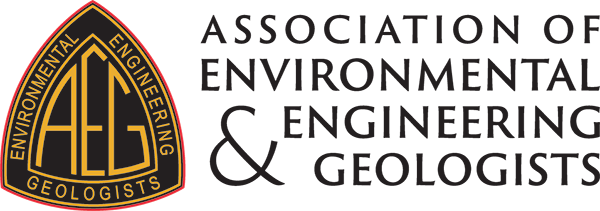Volunteering to Write for the Cities of the World (COW) Series
Volunteering to write geological and engineering histories for the COW series is a fantastic opportunity for new and student members of AEG. Here are some key points:
Timeline: Most papers take about two years from start to finish. Each section should have 1 to 2 lead authors. Regular check-ins with writers are crucial.
Length: The COW should not exceed 100 pages, double-sided, to be suitable for publication within the E&EG Journal.
Outline and Suggested Format for COW:
Cover Page:
- Include an image of the region discussed.
- Author(s) names at the bottom.
- AEG logo at the lower right-hand corner.
- Ensure cover art credits are included.
- Artwork should be clear, in full color, and at least 600 dpi resolution.
Second Page:
Foreword:
- Introduce the publication to readers.
Preface:
- Generally written by the Series Editor/Coordinator or notable geologists.
Table of Contents:
- Include a comprehensive listing of figures, charts, and graphs with page numbers.
- Should be one of the last items completed.
Abstract:
- Defines the project and can be used to recruit help. Ensure it accurately represents the geological history before submission.
Chapter 1: Introduction and Background
Introduction/History of the region
- Provide a general historical and geographical background
- History of the area and city, including settlers and founding date.
- Importance of geography, notable historic neighborhoods, buildings, or parks.
Transportation:
- Importance of location and the city’s role in the regional economy.
- Byways including ports, harbors, major highways, and railway or airline hubs.
- Climate: average temperature, global warming concerns
Chapter 2: Geology
Introduction:
- Why was the city sited where it is?
- Geography and Geomorphology
- Geologic setting and regional Geology
- Stratigraphy (including column and illustrations)
- Tectonics and structural geology
- Surface geology and soils, including geomorphology and geography
- Quaternary geology
- Bedrock geology
- Paleontology
- Agriculture and Soil Geology
Chapter 3: Natural Resources
- Surface and groundwater
- Mineral resources
- Soil resources
- Hydropower
- Natural gas
- Building materials
Surface and Groundwater Sources:
- Discuss all major sources, assess quality and quantity, and evaluate sufficiency.
- Explain wastewater management.
Nonmetallic Resources:
- Clays, sands and gravels, building stone, oil and gas, metals (if within 50 km of significant deposits).
Chapter 4: Natural Hazards
- Flooding, collapsing or expansive soils, karst problems, faulting and seismicity, subsidence, strong ground motion, landslides, etc.
- Discuss prominent hazards, mitigation efforts, and visual/reasons for earthquakes, tsunamis, and volcanic eruptions.
Chapter 5: Environmental Issues
- Soil, air, water, and use of brownfield redevelopment properties.
- Natural or human-caused environmental problems and remediation efforts.
- Assess and mitigate naturally occurring environmental hazards.
- Discuss the impact of sea level rise or climate change.
Chapter 6: Engineering Projects
- Geotechnical issues and solutions.
- Building materials and technology used.
- Mitigation of natural hazards and improvement of life in the region.
- Representative and unique engineering projects related to geology.
Chapter 7: Conclusion/Final Statement
- A 2-3 page closing statement summarizing the impact of geology on the city’s development and future.
Acknowledgments
- Acknowledge all staff support, reviewers, and others who helped create the publication.
Biographies
- Short biographical statements about the authors, including emails and a color headshot photo for each author.
References
- Include plenty of citations in the text, including captions and credits for graphics, charts, and figures. This section will be read extensively by colleagues and researchers.
Appendices and supplementary information
All illustrations and figures should be in at least 600 dpi resolution and in color, whenever possible. Any photo, chart, graph or illustration taken from another source must have that source attributed in a caption.
